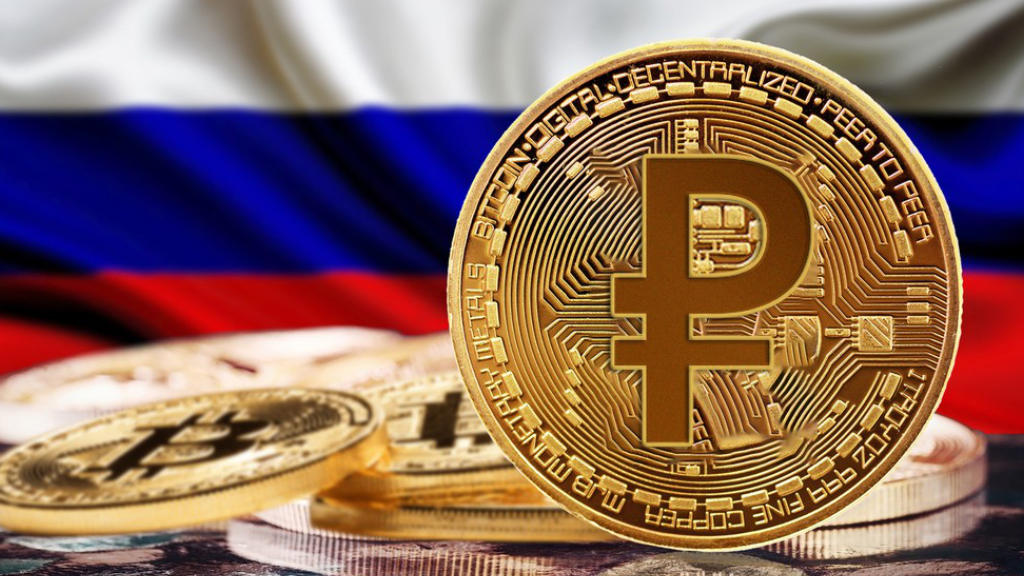Russia’s financial authorities are moving towards the use of crypto-currency for international trade, with a focus group established to pilot and test international trade settlements using digital currencies.
The group reportedly consists of members of the Russian Chamber of Commerce, and the Association of Electronics Developers and Manufacturers, as well as several lenders. The selected companies and institutions have been facing challenges with conducting cross-border settlements while paying for dual-use goods. Such products could theoretically be used for both civilian and military purposes and are subject to international sanctions. Use of crypto currencies will overcome this problem as they do not use Western-controlled financial messaging systems.
In May, some Russian metal producers began using the Tether stable coin for cross-border transactions with their Chinese partners, bypassing restrictions tied to the US dollar. Tether is currently the largest cryptocurrency in terms of trading volume, commanding 70% of the market share among stablecoins and having surpassed Bitcoin in 2019 to become the most traded cryptocurrency in the world. As of July 2024, Tether had over 350 million global users. In August it was reported that Tether has US$118.4 billion in reserves. It also reported a net equity of US$11.9 billion. Tether’s price is linked to either the pertinent fiat currencies, or gold thus providing some flexibility.
On September 1, the Russian government passed legislation allowing the Bank of Russia to authorize selected companies to use digital currency for international payments in trade. President Vladimir Putin has said that it was vital for the country “to seize the moment” and promptly create a legal framework and regulation, develop infrastructure, and create conditions for the circulation of digital assets, both within the country and in relations with foreign partners. Elvira Nabiullina, the head of the Russian Central Bank, has said the regulator would conduct the first cross-border crypto payments by the end of this year.
To illustrate these developments are already occurring elsewhere, China has already moved ahead with its use of the Digital RMB Yuan. The total of Digital RMB transaction volumes at the end of June this year reached US$988 billion, and are currently running at user volumes equivalent to US$56 billion a month. The Digital RMB is used for high value corporate transactions, including cross border trade, with the Digital Russian Ruble now poised to follow.
If the pilot tests are successful, it will provide a 2025 solution for Russian businesses as concerns Western sanctions and usher in a new global payments system as other countries will almost certainly want to move away from US-monitored payments. It may also call into question the future of Western ‘correspondent banks’, ushering in a global settlements trend away from the US dollar.
Further Reading







